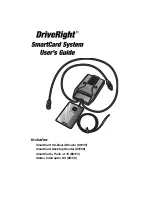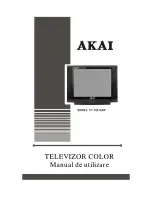
Introduction of DSP
adjustments
1
You can use this unit to control multi-channel
processor (e.g. DEQ-P6600), which is sold sepa-
rately.
!
Some functions may differ depending on the
multi-channel processor connected to this
unit.
By carrying out the following settings/adjust-
ments in the order shown, you can create a fi-
nely-tuned sound field effortlessly.
1
Setting the speaker setting
2
Using the position selector
3
Auto TA and EQ (auto-time alignment and auto-
equalizing)
4
Adjusting the time alignment
5
Adjusting the speaker output levels using a
test tone
6
Selecting a cut-off frequency
7
Adjusting the speaker output levels
8
Adjusting 3-band parametric equalizer
1
DSP display
Shows the DSP function names.
%
Touch A.MENU and then touch DSP to
display the DSP function names.
The DSP function names are displayed and
operable ones are highlighted.
#
When
A.MENU
is not displayed, you can dis-
play it by touching the screen.
#
You can also display
MENU
by clicking the
joystick.
#
To go to the next group of function names,
touch
NEXT
.
#
To return to the previous group of function
names, touch
PREV
.
#
When playing discs recorded with more than
96 kHz sampling frequency, you cannot use audio
functions. Also, equalizer curve setting,
POSITION
,
AUTO EQ
and
AUTO TA
will be can-
celled.
#
When playing discs recorded with more than
96 kHz sampling frequency, audio is outputted
from front speaker only.
#
When selecting the FM tuner as the source,
you cannot switch to
SLA
.
#
When playing other than the DVD disc, you
cannot switch to
D.R.C
.
#
When neither
FRONT-L
nor
FRONT-R
is se-
lected in
POSITION
, you cannot switch to
TIME ALIGNMENT
.
#
To return to the previous display, touch
BACK
.
#
To return to the display of each source, touch
ESC
.
Note
If you do not operate the DSP function within
about 30 seconds, the display is automatically re-
turned to the source display.
Using the sound field control
The SFC function creates the sensation of a
live performance.
!
The acoustics of different performance en-
vironments are not the same and depend
on the extent and contour of space through
which sound waves move and on how
sounds bounce off the stage, walls, floors
and ceilings. At a live performance you
hear music in three stages: direct sound,
early reflections, and late reflections, or re-
verberations. Those factors are programed
DigitalSignalProcessor
En
78
Section
16
















































